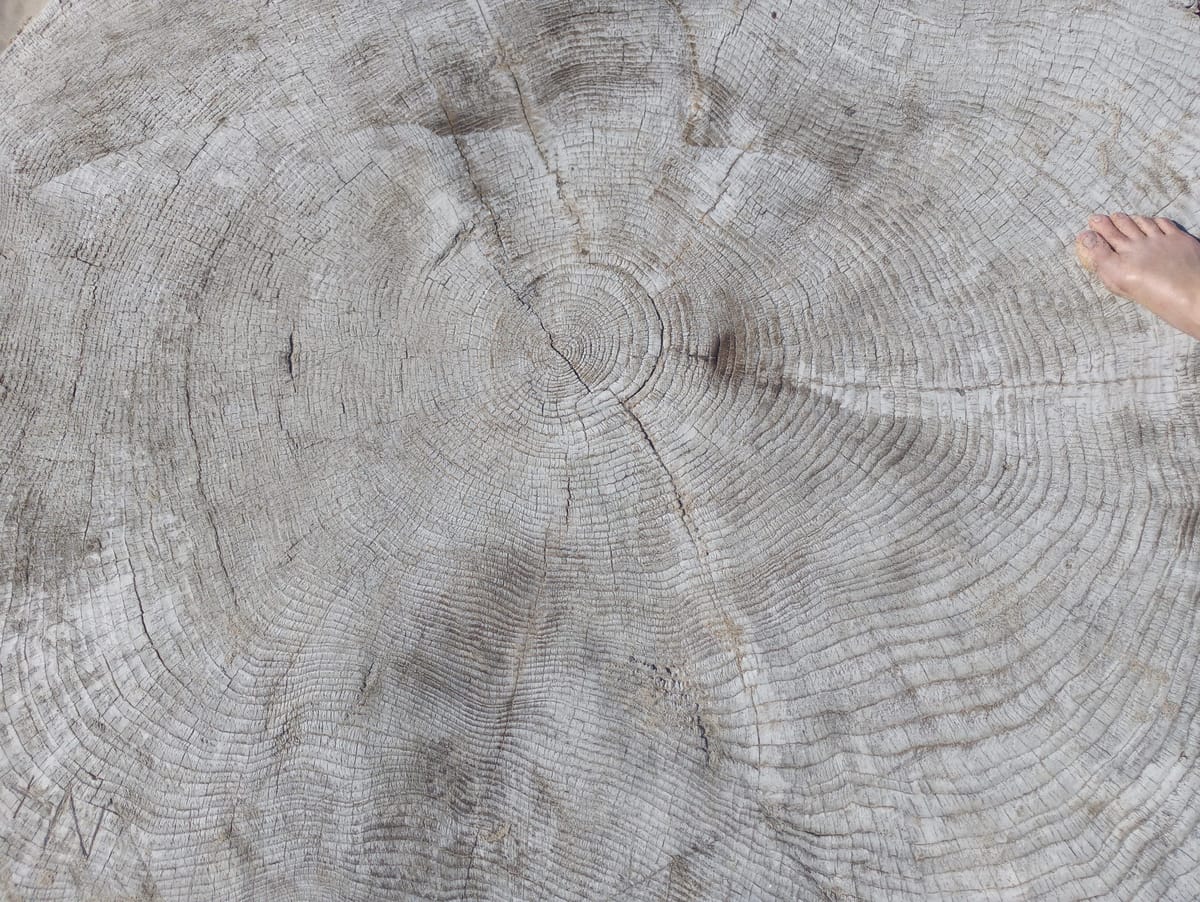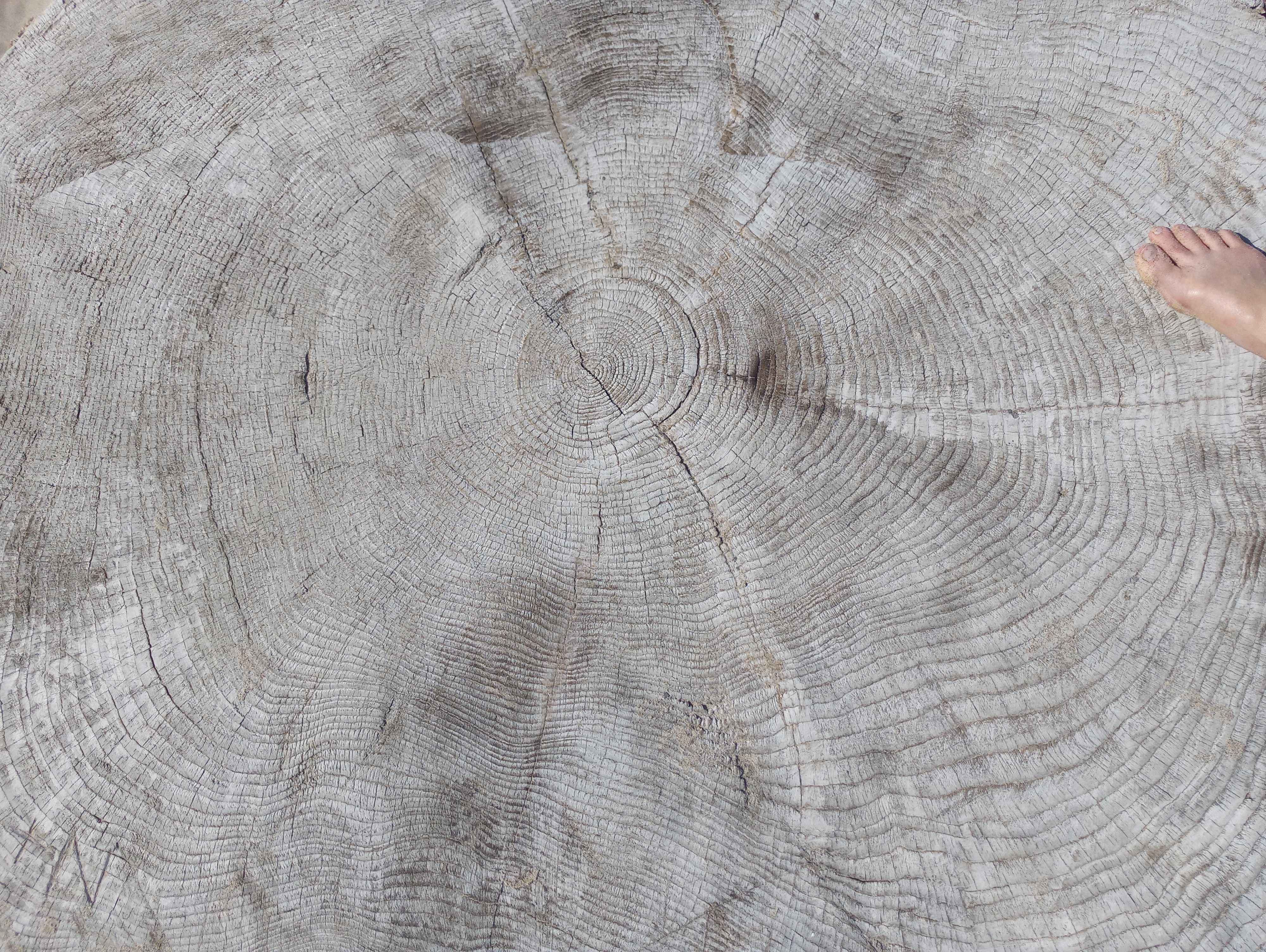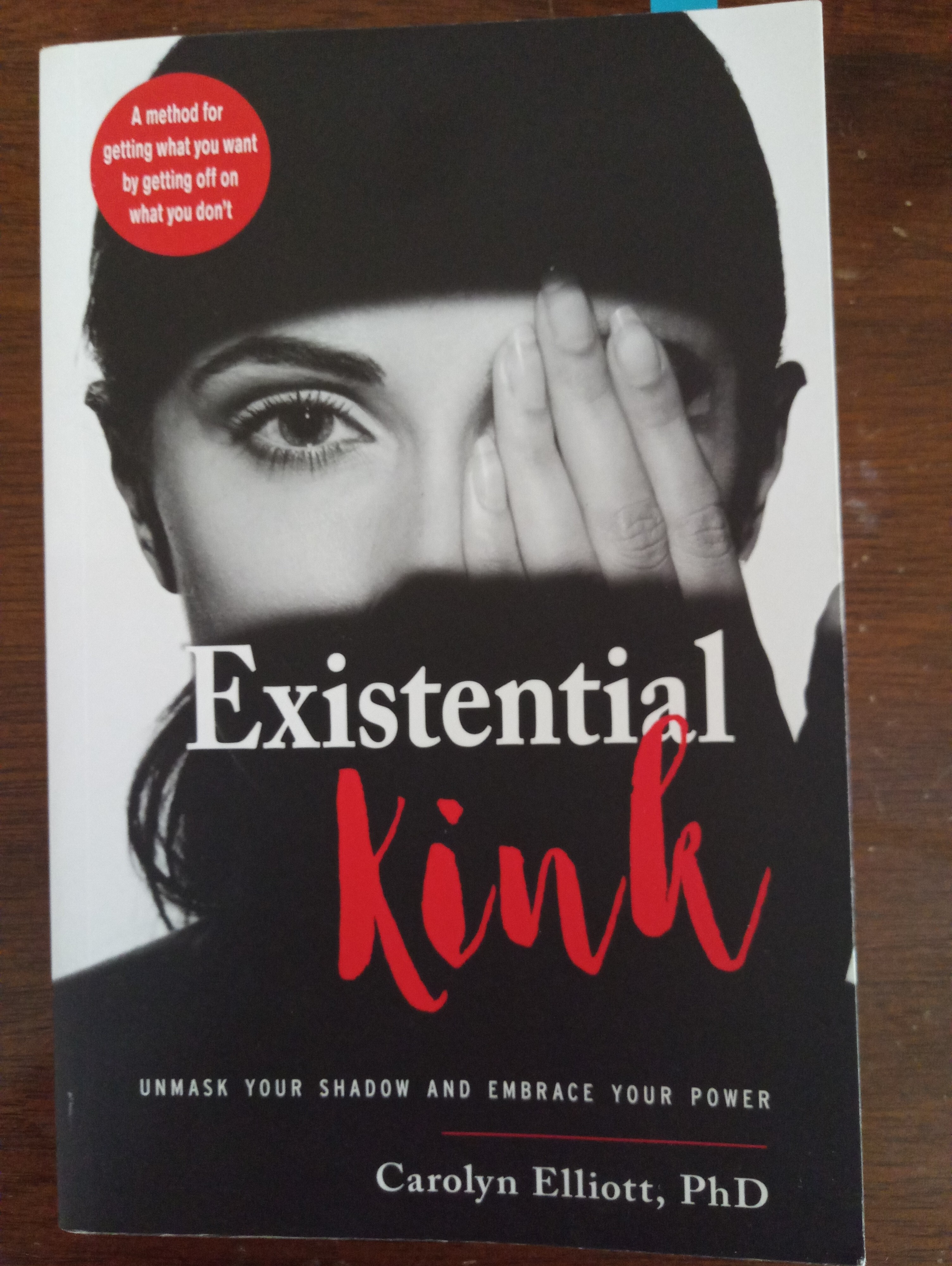Moment of Mind July 2021


Moment of Mind
This month we've been exploring high sensation in the body and how we have the capacity to feel it even though we have been conditioned to avoid feelings and emotions the mind judges as "bad."
In the first week we zoomed in on basic sensations. The invitation was to notice when there was a feeling or emotion the mind says "I don't want this" to see what sensations are felt in the body. Is it a revved engine feeling? A tightness?
In the second week we explored how noticing those sensations can be a pathway back to presence. Therapists often recommend that trauma survivors work with resources, or supports for the nervous system when working with challenging memories or thought loops that come back often. A resource is anything that supports attention coming back to presence and out of thought loops. The invitation was to choose a favorite outward facing sense - taste, smell, touch, hearing, or vision and use it as a support - meaning turn attention to that part of the body - when the mind is at the races. Or, to notice a favorite sense when your mind was whirring and notice how it felt.
Both of these invitations use two core ingredients of mindfulness practice: attention and curiosity. It's very difficult for the mind to stay in fear, blame, shame or judgment patterns when there is curiosity. Curiosity also requires attention...so in some ways the simple invitation of "what do you notice?" nudges the mind's attention to a new focal point in the body and to inquire at the same time.
When the mind is building anxiety loops about the future or past it is also reinforcing an identity belief. Awareness then identifies with those imagined possible situations even if they aren't actively happening. This is why teachers say we become "identified" with our thinking. Mindfulness teachers don't often point out that the process of identification is the brain creating a belief about the self related to the anxiety loop. For me, anxiety was identity.
Last week was an invitation on noticing repetition. In that newsletter I invited you to look at patterns of when your body felt some of the highest sensations you could remember and to notice if you managed it and got through it, every single time. Every anxiety storm, every panic attack, every bout with depression - they were all part of ongoing changes.
In exploring sensations the point isn't to hide from them or to dismiss them, it's to learn. Years ago a friend invited me to look back at my history as though life intelligence was in charge...not this self identity the brain claims can control things and people and situations. My identity had been so centered on being a survivor of childhood trauma, poverty, and social isolation that this frankly sounded really out there. My mind had taken all the negative, worst experiences and strung them together like a a movie reel of 'baddest days' and then used that as a basis for a pile of limiting beliefs about people, about the world, about organizations, and most especially...about me.
The brain, in its well intentioned pattern of attempting to protect the body, and creating an identity as a proxy for that body, left a LOT - mostly all the good stuff - out of that repeating movie. And therefore out of the beliefs it had built up.
My friend asked me if I was in charge of beating my heart or breathing air in and out of my lungs, or dividing the millions of cells in my body. She pointed out that this life intelligence wasn't outside of me...it WAS me at the core. She asked me to look back at that history and see if there was a thread of life intelligence to it...a keep going-ness, ongoing change and growth, of new experiences despite all the bad stuff. Were there positive memories punctuating the bad ones? Even during a depression was there a spectrum of very low to less low? I could not deny that she was right.
These days I am using sensations in the body as an ongoing discovery process. I'm intentionally taking actions that are deeply scary (being publicly visible!! charging money for my expertise!! saying no when I don't want to do something!! asking for what I want!!). Then, when the inevitable anxiety shows up, that very high sensation experience - I'm asking what belief about the self is threatened. I'm also exploring what the unconscious part of the self may be getting out of these high sensation experiences.
Instead of fighting to avoid the feeling, I'm pausing and inquiring what sensations are in the body. I note them and breathe into them. Not to make them go away (although they do change and fade) - simply to experience them.
What I'm noticing is that anxiety is not that bad when I don't avoid it or fight with it. It's SO HARD to not avoid it or fight it. This brain and body have trained for decades to avoid and resist - so much so that resistance to not resisting comes up! It's so well trained that shifting that conditioning takes diligence.
Spiritual teachers often refer to awareness, or presence, like a spotlight or flashlight. The mind creates thought noise that covers up the awareness, or presence, or consciousness underneath. So when we are invited to notice something awareness is temporarily uncovered. This is also where unconscious patterns can be uncovered - and where they can change. Change comes from unconscious patterns made conscious.
In my coaching calls I'm often sending folks with homework that sounds simple and is actually very challenging. It takes courage to notice sensations in the body, to notice repeating patterns of behavior, and limited beliefs. The brain creates fear against change. Change involves the unknown and the brain has been conditioned to believe that it can control things, and the unknown is uncontrollable. So anxiety is more familiar to this brain-body even though the conscious mind doesn't like it. Each time a new discovery happens there's the potential for new pathways to be built in the brain. It's part of brain plasticity and growth.
This week when anxiety or fear shows up I invite you to notice the sensations in the body underneath and to explore what belief about the self identity is being threatened, or what about anxiety/fear may be useful to the unconscious. I'd love to hear what you notice! Much love, Tia
It's okay for grief to be its own celebration of life. An honoring of loss. A willingness to admit that yes, love is felt. Wonder is experienced - and loss is a reminder of that. Maya
Much love, Tia
Love for Your Inner Science Activist Nerd

“Until you make the unconscious, conscious, it will rule your life and you will call it Fate.” - Carl Jung
This month's book review has been a fascinating dive into the bodily sensations and unconscious sticky patterns of behavior that I've worked on for decades in therapy, meditation, and various growth processes. I was intrigued and wanted to try a more light-hearted, playful way to look at chronic patterns. Plus I had not looked into kink before and you only live once. Has this been eye opening? Oh yes. Have there been shifts based on these practices? Yes again.
The book is called Existential Kink: Unmask Your Shadow and Embrace Your Power by Carolyn Elliott. You can read some of her philosophy about the approach here. If you follow her on facebook she often gives away a version of this book through pdf's along with an e-course called Force of Nature. I'm not an affiliate.
The methods in the book are based partly on Jungian psychology, partly on the spiritual premise that we are each facets of the same powerful divine being creating all the time (consciously or not), the effectiveness of writing fears down as a form of making them conscious, body-based healing through the senses, and the idea that all bodily sensations (including pain) are electrical impulses our brains have learned to judge as bad and resist them or judge them as good-to-neutral and allow them. And the old adage that what you resist persists applies here.
This is related to the study of physiological affect in psychology and Buddhism's emphasis on vedana, or the tonal quality of sensations in the body as neutral, pleasant, and unpleasant. For example anxiety and excitement both involve high activation sensation in the body. A common invitation for expanded emotional intelligence is to inquire if you could be feeling excitement, or an activation of getting ready, rather than anxiety. This is called 'reappraisal' and it's basically a shift in what the mind says about the same sensations. Anxiousness often involves a negative judgment and resistance to whatever thoughts and sensations are showing up. This is where the layer of stress and pressure comes from.
I found several practices incredibly useful. One is called a havingness level practice - it's feeling into the body when things are neutral or okay (e.g. safe at home not in any danger) and allowing that feeling to be there. You can do this now by closing your eyes and feeling the sensation of whatever you are sitting on, the texture of your clothes, the temperature on your skin and savoring it. This is beyond gratitude...it's welcoming feeling exactly as you are already. This is subtle and powerful. When I started exploring feeling okayness it became a vehicle for noticing how much of a habit it is for the mind to find reasons to avoid presence and create or look for problems.
Another is called deep fear inventory. It's a written declarative statement of what the subconscious is refusing (for example "I refuse to make above a specific amount of income ever in my life") and then a listing of deep fears of what might happen if that situation were allowed ("because I feel deep fear that all my friends and colleagues will judge me as selfish and entitled and I refuse to feel the sensations of that judgment and related shame" for example). Naming the fears allows them to shift. Noticing the refusal to feel becomes an opening to allowing the feelings when they arise. And of course the foundation practice is existential kink where you bring to mind, and to the body, a "don't like" situation that's chronic. Then you feel the sensations fully and find some small spark of desire, or thrill, or zing, or aliveness, or naughty self righteousness that the unconscious gets a kick out of. This is going further than what I learned in therapy for co-dependency that we develop unconscious coping mechanisms that provide us with resources or get needs met. This is seeing them as brilliant, powerful methods of surviving and the thrill behind them even if they have consequences the conscious mind does not like.
Eventually the idea is to use the not-like situation as a vehicle to move beyond allowance, or acceptance, to self pleasuring although this may take some time. The goal? If the subconscious has a desire or need that is continually fought against by the conscious mind, it sticks around. Even allowing one small bit of the desire can shift things. The author is clear that these practices are not useful for active trauma or depression and frankly says "go see a therapist or healer" in those scenarios.
One thing to note about this book is that she did not write this for a mainstream audience. Her audience includes self identified witches, intellectuals, woo-woo lovers, and people into magic (however they define it) for example. Her writing style is unabashedly aiming to encourage high sensation in the reader. The genitals are designed to handle high sensation which is why she encourages people who have had challenges with sitting with intense emotions direct those difficult sensations into their genital regions for release. She talks about sex. She talks about her discovery of her subconscious desire for really messed up scenarios. She is very open about her trauma history. Her irreverent style may not be a fit for you. She also owns her mistakes and does this in a way that shows how self compassion can work in practice while maintaining accountability which I appreciate.
Get Your Park Groove On
If you haven't yet visited the 645 acre Tryon Creek State Natural Area in Multnomah County, Oregon I recommend it (with caveats) for a way to explore riparian zones along a creek and native plants. This park has an easy to moderate ADA accessible route and there are often community programs there on the weekends. Nearby colleges also bring students here for ecological investigations. One trail within the network is part of Portland's growing 140 mile+ greenway loop around the region.
Like all of Portland, this is on original indigenous land, where many treaties have not been upheld by the US Government. You can support indigenous people through contributing to the Confederated Tribes of Grand Ronde, the Confederated Tribes of Siletz Indians, as well as the Chinook Nation and Cowlitz Nation in Washington State.
The caveats to visiting Tryon is the limited bus and parking lot access. This is a popular park and the parking lot fills quickly so I recommend a weekday or going early on the weekend. TriMet bus 39 provides weekday service to a stop at the Lewis and Clark Law School about a mile north of the park.
| Copyright © 2019-2021, Finding Mindful Now LLC, All rights reserved. www.findingmindfunow.com, originally published on MailChimp with information on current offerings. Some images or content lightly revised since initial publishing. |
